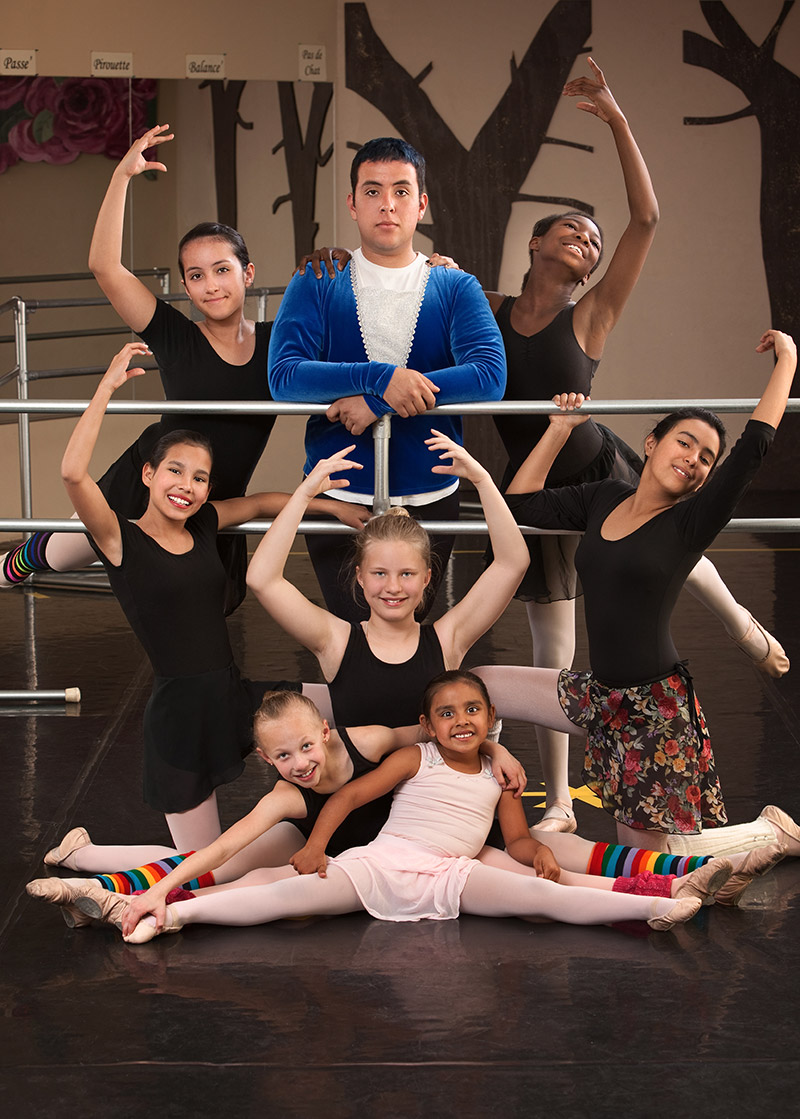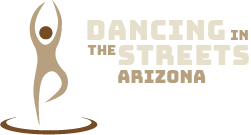Vision, Mission, and Goals


Welcome to Dancing In the Streets Arizona, where passion meets grace and dreams take flight! Are you ready to unleash your inner artist? Discover the magic of ballet with our world-class ballet classes.
At Dancing In the Streets Arizona, we believe that ballet is not just a dance form—it’s an exquisite journey that empowers and transforms. Whether you’re a beginner taking your first steps or an experienced dancer honing your craft, our ballet classes are designed to nurture and elevate your skills.
No Judgment Zone: Our classes are designed to be inclusive and welcoming to all levels. Whether you’re a seasoned dancer or taking your very first plié, you’ll find a supportive community eager to share the joy of ballet.
VISION: To be recognized as a world class performing arts organization, primarily for at-risk youth, committed to the region’s cultural and artistic development.
MISSION: To use the power of dance to break down cultural barriers and enrich the community’s artistic experience through the creation of a diverse dance school and company.
GOALS: Through our diverse programming and initiatives, Dancing In The Streets AZ strives to enrich the cultural landscape of our region, inspire individuals to explore their artistic potential, and create meaningful connections within our community. We believe that by embracing the universal language of dance, we can promote empathy, celebrate diversity, and contribute to the overall well-being and vitality of our society.
